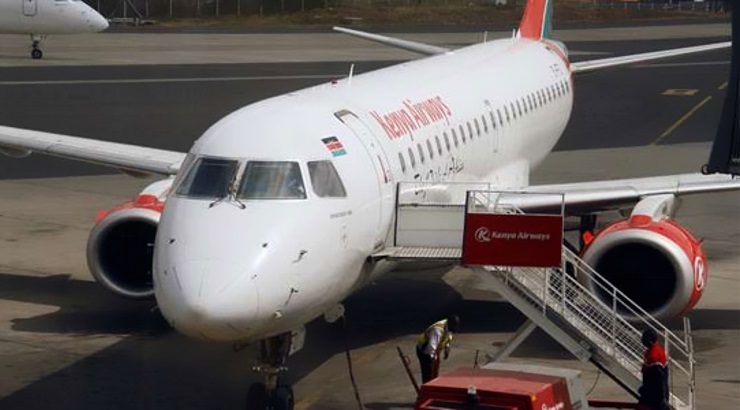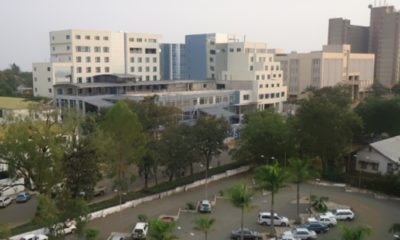Infrastructure
Nairobi JKIA is getting a new runway at a cost of Sh37 billion
The facility is expected to nearly double the movement of aircraft from 25 to 45 per hour.

Jomo Kenyatta International Airport, the busiest airfield in East Africa, is set for a major upgrade that will gift it a second runway.
Construction of the new runway — which will be bigger than the existing one — will commence later this year, according to the Kenya Airports Authority’s managing director Jonny Anderson.
Mr Anderson was recently quoted by the Business Daily as saying that the Sh37 billion runway is expected to nearly double the movement of aircraft from 25 to 45 per hour hence minimising delays caused by misadventures on path.
“The new runway will be an upgrade of the existing one. This will be a category two runway that conforms to international standards,” said Mr Andersen.
JKIA, as the airport is known, has depended on a single runway built more than four decades ago.
Mr Andersen noted that the existing runway, which was built in the 1970s, does not put into consideration future advancement in technology.
The technology of the new runway, according to a statement from the KAA, will meet the International Civil Aviation Organisation’s (ICAO) Category II specifications, which will enable operations in bad weather thus avoiding diversion of aircraft.
The proposed design of the project is for a 4.8 kilometre long and 75 metre wide runway. The current runway is 60 metres wide and 4.2 kilometres long.
“This is an ICAO Code F runway which can handle the new generation extra wide bodied aircraft like Airbus A380 and Boeing B747-800,” reads the statement from the KAA.
Some of the attributes that will come with the new runway include fog lights on the landing path. Presently, the runway is only lit on the sides.
In bad weather, aircraft have to be diverted to Moi International Airport in Eldoret or Entebbe International Airport in Uganda as they cannot be allowed to land at the airport for safety reasons.
Officials have in the past stated that the second runway will allow for continuous airport operations should an aircraft incident render the existing runway unusable.
The runway also will enable direct long haul flights to destinations such as New York City, carrying up to 32 tonnes.
The tender for construction of the new runway will be issued early this year to enable civil works to commence before December.
The African Development Bank (AfDB), which is funding the design of the new second runway, has reportedly expressed interest in financing the civil works.
The lender is awaiting the financial and economic impact analysis to map out the way forward.
JKIA currently has capacity to handle 7.5 million passengers, one million more than the number of people who passed through it in 2015, according to the authority.
The “modernization” of existing infrastructure is expected to raise capacity to 10.5 million people, the KAA said in a statement.
JKIA is the ninth-busiest airport in Africa by total passengers. The facility is the hub for Kenya Airways, Jambojet, as well as Fly540 and African Express Airways.
The airport expects to handle slightly over 17 million passengers annually by 2020, with growth expected to accelerate to 35.3 million passengers by 2030.












